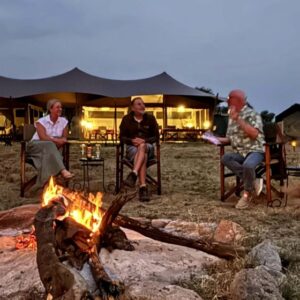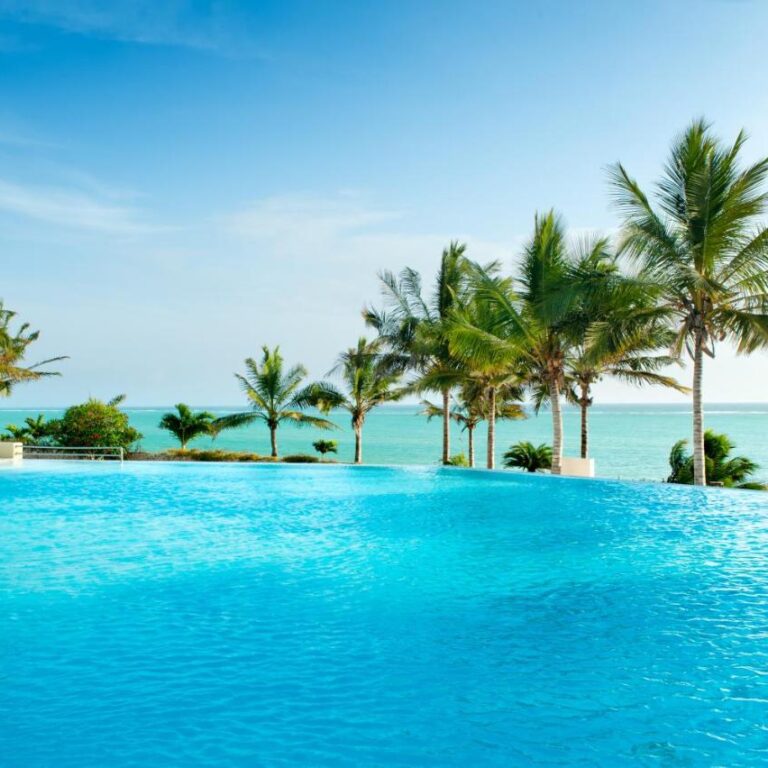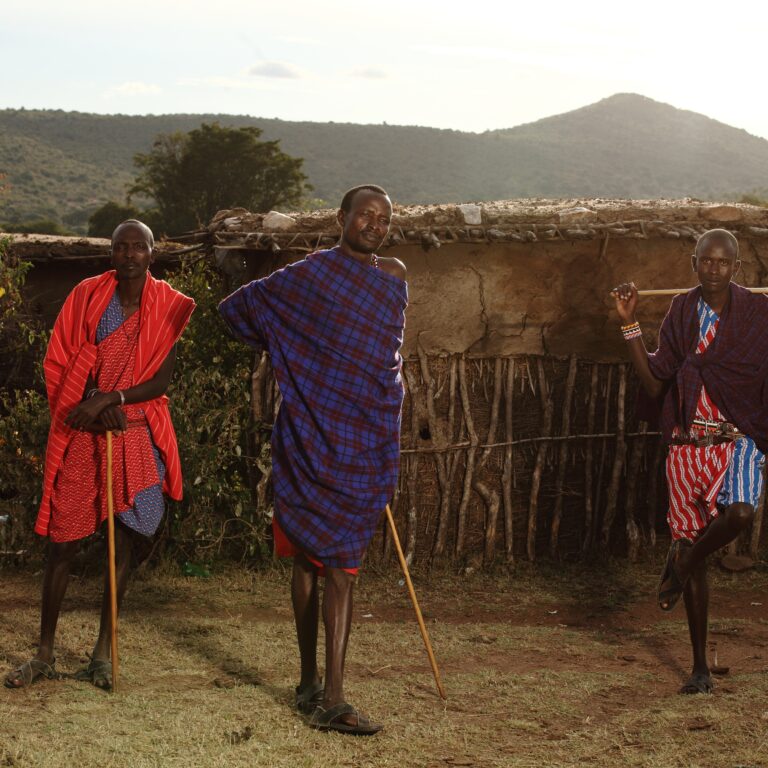10 Ways to Prevent Injuries on Mount Kilimanjaro.
Climbing Mount Kilimanjaro requires careful preparation to avoid injuries. Choose the right route and allow time for acclimatization to prevent altitude sickness. Train well, focusing on endurance and strength. Pack essential gear, including quality boots and layered clothing. Stay hydrated and well-nourished, and monitor your health for early signs of altitude issues. Use proper climbing techniques and listen to your body, resting when needed. Ensure foot care to prevent blisters, and climb with experienced guides for safety. Following these steps ensures a safer, more enjoyable ascent. Here are 10 ways to prevent common injuries while climbing Kilimanjaro.
1. Choose the Right Route and Duration
Selecting the appropriate route and allowing sufficient time for your climb are critical for injury prevention. Kilimanjaro offers several routes, each varying in difficulty and length. Marangu Route, often referred to as the “Coca-Cola” route, is one of the shortest but not necessarily the easiest due to its rapid ascent profile. Machame Route, known as the “Whiskey” route, provides a longer and more scenic climb, allowing for better acclimatization. Opting for a longer itinerary, such as the 7-day trek on the Lemosho Route, gives your body more time to adjust to the altitude, significantly lowering the risk of Acute Mountain Sickness (AMS).
2. Acclimatize Properly
Proper acclimatization is essential to prevent altitude sickness, which can lead to serious health issues if ignored. Start by spending a few days at a moderate altitude before your climb. During the ascent, adhere to the “climb high, sleep low” principle—hiking to higher elevations during the day but sleeping at a lower altitude. Gradual ascent and adequate rest days help your body adjust to the lower oxygen levels.
3. Train Adequately Before Your Climb
Physical preparation is crucial for a successful Kilimanjaro climb. Start a training regimen at least three to six months before your planned ascent. Focus on cardiovascular fitness, strength training, and endurance. Incorporate hiking on varied terrain, as this will mimic the conditions on the mountain. Strengthening your core, legs, and back will help manage the physical demands of the climb, reducing the risk of muscle strains and other injuries.
4. Pack the Right Gear
Having the correct gear can make a significant difference in your comfort and safety. Essential items include:
- Proper footwear: Invest in high-quality, broken-in hiking boots that provide ankle support.
- Layered clothing: Dressing in layers allows you to adjust to changing temperatures. Include moisture-wicking base layers, insulating middle layers, and waterproof outer layers.
- Trekking poles: These can help with balance and reduce strain on your knees.
- Headlamp: For early morning or late evening climbs.
- Sunscreen and sunglasses: Protect your skin and eyes from the strong UV rays at high altitudes.
5. Stay Hydrated and Well-Nourished
Dehydration and poor nutrition can lead to fatigue and impair your ability to acclimatize. Drink plenty of water throughout your climb—aim for at least three to four liters per day. Consider using water purification tablets to ensure safe drinking water. Eat a balanced diet rich in carbohydrates, proteins, and fats to maintain your energy levels. High-energy snacks like nuts, dried fruits, and energy bars are excellent for quick boosts during the trek.
6. Monitor Your Health
Regularly check your health status to detect early signs of altitude sickness or other issues. Common symptoms of AMS include headaches, nausea, dizziness, and fatigue. Use a pulse oximeter to monitor your oxygen levels. If you experience severe symptoms, it’s crucial to descend to a lower altitude and seek medical attention. Always carry a well-stocked first aid kit, including medications for pain relief, diarrhea, and altitude sickness.
7. Use Proper Climbing Techniques
Using the correct climbing techniques can prevent many injuries. Maintain a steady, slow pace to conserve energy and reduce strain on your body. Practice the “rest step” technique, where you lock your knee and rest briefly with each step, to improve efficiency on steep sections. Use your trekking poles to assist with balance and reduce the impact on your joints. Proper foot placement, especially on rocky or uneven terrain, can prevent slips and falls.
8. Listen to Your Body
Your body will often give you warning signs when something is wrong. Pay attention to any unusual symptoms such as persistent headaches, dizziness, or shortness of breath. Do not push through pain—it’s essential to rest and recover if you feel unwell. Ignoring symptoms can lead to more severe conditions, making evacuation necessary. Respect your body’s limits to ensure a safe and enjoyable climb.
9. Ensure Proper Foot Care
Foot problems are among the most common issues on long treks. To prevent blisters and other foot injuries:
Wear moisture-wicking socks: These help keep your feet dry.
Use liner socks: They provide an additional layer to reduce friction.
Take care of hot spots immediately: If you feel a hot spot, stop and address it before it turns into a blister. Use moleskin or blister pads for protection.
Keep your toenails trimmed: This prevents them from hitting the front of your boots on descents, reducing the risk of bruising or losing a toenail.
10. Climb with Experienced Guides
An experienced guide can significantly enhance your safety on Mount Kilimanjaro. Professional guides are trained in first aid, altitude sickness prevention, and emergency procedures. They can set an appropriate pace, ensure you follow the best routes, and provide valuable advice on technique and acclimatization. Reputable guiding companies also offer support staff, such as porters and cooks, to manage logistics, allowing you to focus on the climb.
10 Common Hiking Injuries
Hiking is a rewarding and invigorating outdoor activity, but it comes with its own set of risks. Here are ten common hiking injuries that adventurers should be aware of, along with tips for prevention and treatment.
- Blisters
- Sprained Ankle
- Knee Pain
- Dehydration
- Sunburn
- Hypothermia Cuts and Scrapes
- Heat Exhaustion
- Insect Bites and Stings
- Muscle Cramps
By following these ten guidelines, you can reduce the risk of injuries and increase your chances of a successful and enjoyable ascent of Mount Kilimanjaro. Proper preparation, attentiveness to your body’s needs, and the support of experienced professionals are key to a safe climbing experience.
Is it possible to climb Mt. Kilimanjaro with bad knees?
Climbing Mt. Kilimanjaro with bad knees is challenging but possible. Proper preparation, including strengthening exercises and consulting a doctor, is essential. Using trekking poles, wearing knee braces, and choosing the gentler Marangu route can help. Listen to your body and pace yourself to increase the chances of a successful ascent.








